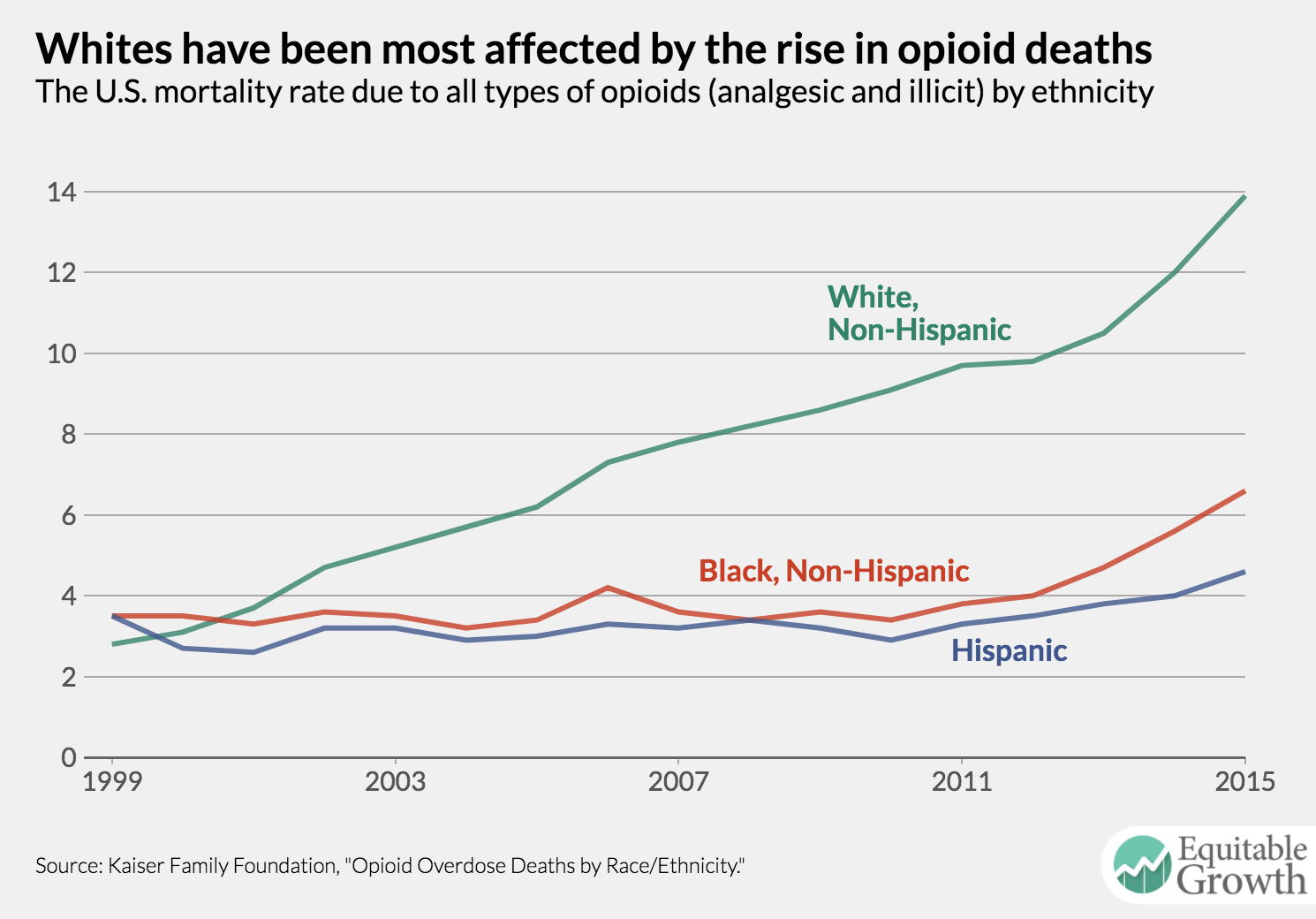https://www.nytimes.com/2019/12/12/opinion/climate-change-republicans.html
No, the real revelation has been the utter depravity of the Republican Party. Essentially every elected or appointed official in that party has chosen to defend Trump by buying into crazy, debunked conspiracy theories. That is, one of America's two major parties is beyond redemption; given that, it's hard to see how democracy can long endure, even if Trump is defeated.
However, the scariest reporting I've seen recently has been about science, not politics. A new federal report finds that climate change in the Arctic is accelerating, matching what used to be considered worst-case scenarios. And there are indications that Arctic warming may be turning into a self-reinforcing spiral, as the thawing tundra itself releases vast quantities of greenhouse gases.
Catastrophic sea-level rise, heat waves that make major population centers uninhabitable, and more are now looking more likely than not, and sooner rather than later.
But the terrifying political news and the terrifying climate news are closely related.
Why, after all, has the world failed to take action on climate, and why is it still failing to act even as the danger gets ever more obvious? There are, of course, many culprits; action was never going to be easy.
But one factor stands out above all others: the fanatical opposition of America's Republicans, who are the world's only major climate-denialist party. Because of this opposition, the United States hasn't just failed to provide the kind of leadership that would have been essential to global action, it has become a force against action.
And Republican climate denial is rooted in the same kind of depravity that we're seeing with regard to Trump.
As I've written in the past, climate denial was in many ways the crucible for Trumpism. Long before the cries of "fake news," Republicans were refusing to accept science that contradicted their prejudices. Long before Republicans began attributing every negative development to the machinations of the "deep state," they were insisting that global warming was a gigantic hoax perpetrated by a vast global cabal of corrupt scientists.
And long before Trump began weaponizing the power of the presidency for political gain, Republicans were using their political power to harass climate scientists and, where possible, criminalize the practice of science itself.
Perhaps not surprisingly, some of those responsible for these abuses are now ensconced in the Trump administration. Notably, Ken Cuccinelli, who as attorney general of Virginia engaged in a long witch-hunt against the climate scientist Michael Mann, is now at the Department of Homeland Security, where he pushes anti-immigrant policies with, as The Times reports, "little concern for legal restraints."
PAUL KRUGMAN'S NEWSLETTER Get a better understanding of the economy — and an even deeper look at what's on Paul's mind. Sign up here.
But why have Republicans become the party of climate doom? Money is an important part of the answer: In the current cycle Republicans have received 97 percent of political contributions from the coal industry, 88 percent from oil and gas. And this doesn't even count the wing nut welfare offered by institutions supported by the Koch brothers and other fossil-fuel moguls.
However, I don't believe that it's just about the money. My sense is that right-wingers believe, probably correctly, that there's a sort of halo effect surrounding any form of public action. Once you accept that we need policies to protect the environment, you're more likely to accept the idea that we should have policies to ensure access to health care, child care, and more. So the government must be prevented from doing anything good, lest it legitimize a broader progressive agenda.
Still, whatever the short-term political incentives, it takes a special kind of depravity to respond to those incentives by denying facts, embracing insane conspiracy theories and putting the very future of civilization at risk.
Unfortunately, that kind of depravity isn't just present in the modern Republican Party, it has effectively taken over the whole institution. There used to be at least some Republicans with principles; as recently as 2008 Senator John McCain co-sponsored serious climate-change legislation. But those people have either experienced total moral collapse (hello, Senator Graham) or left the party.
The truth is that even now I don't fully understand how things got this bad. But the reality is clear: Modern Republicans are irredeemable, devoid of principle or shame. And there is, as I said, no reason to believe that this will change even if Trump is defeated next year.
The only way that either American democracy or a livable planet can survive is if the Republican Party as it now exists is effectively dismantled and replaced with something better — maybe with a party that has the same name, but completely different values. This may sound like an impossible dream. But it's the only hope we have.
Paul Krugman has been an Opinion columnist since 2000 and is also a Distinguished Professor at the City University of New York Graduate Center. He won the 2008 Nobel Memorial Prize in Economic Sciences for his work on international trade and economic geography. @PaulKrugman -- via my feedly newsfeed

